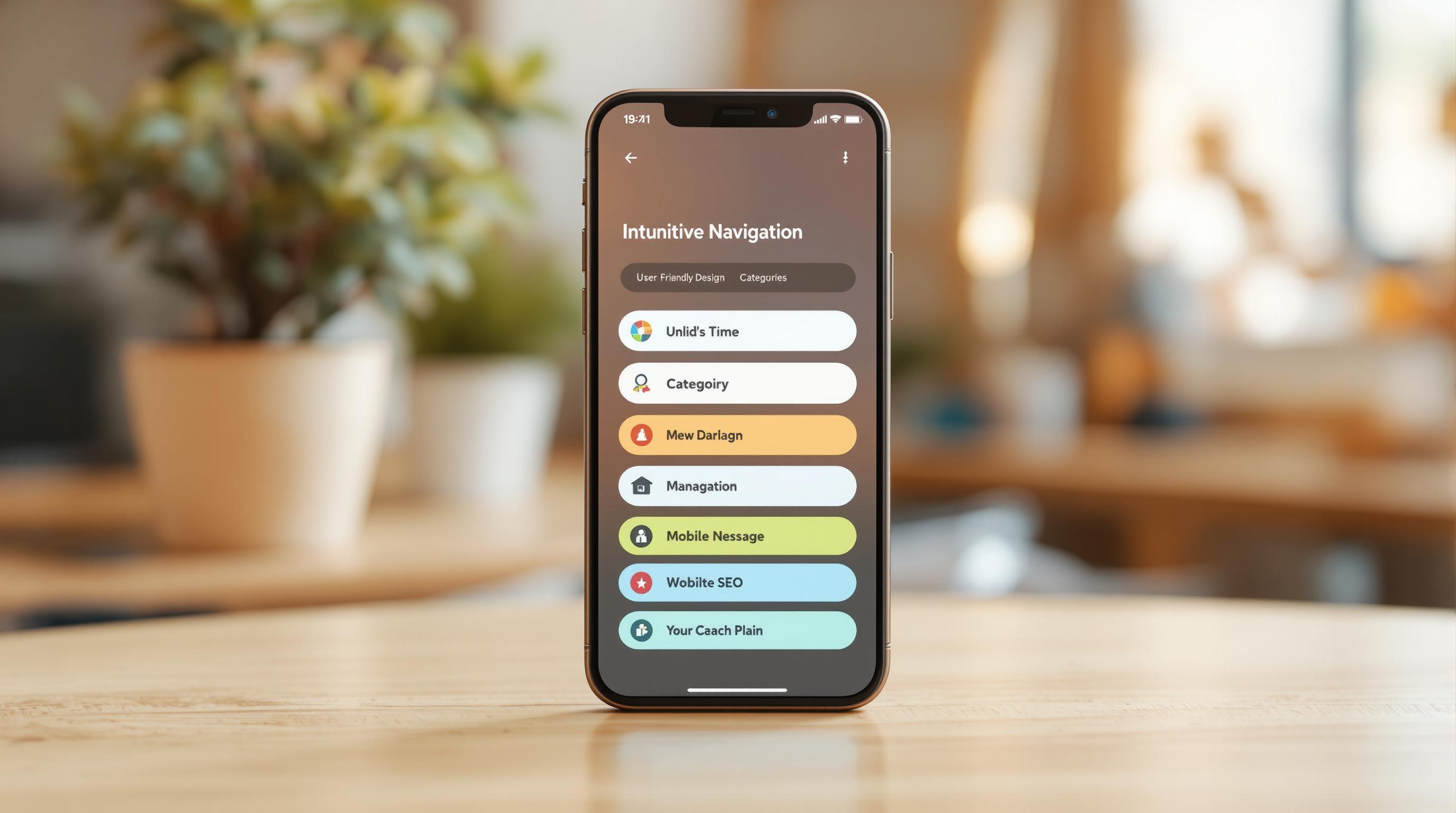Social proof is a powerful way to increase landing page conversions by building trust and reducing hesitation. Here's how it works and what you can do:
- What Is Social Proof? It's using reviews, testimonials, badges, and success stories to show that others trust and benefit from your product or service.
- Why It Works: People trust the experiences of others. Highlighting positive results builds confidence and encourages action.
Key Social Proof Strategies:
- Use Reviews and Testimonials: Show real experiences with names, photos, and specific results.
- Add Badges and Certifications: Display security seals, awards, or media mentions for credibility.
- Share Customer Success Stories: Detail problems solved, steps taken, and measurable results.
Track and Improve:
- Monitor conversion rates, bounce rates, and engagement with social proof elements.
- Experiment with placement, design, and content to find what resonates most.
Takeaway: Add social proof near decision points, like call-to-action buttons, and keep refining based on performance data.
Main Types of Social Proof for Landing Pages
Reviews and Testimonials
Reviews and testimonials build trust and encourage conversions by sharing real user experiences. To make them impactful, include:
- Name and photo for authenticity
- Company and title, if relevant
- Specific results or metrics achieved
- Problem-solution quotes to highlight value
- Examples of transformation to illustrate success
Place your strongest testimonials above the fold so visitors see them immediately. Consider adding visual elements like photos or videos to make endorsements even more compelling.
Badges and Certifications
Badges and certifications add credibility by showing third-party validation. These can include:
- Security certifications like SSL, Norton, or McAfee
- Awards from respected industry organizations
- Memberships in professional groups
- Payment badges for secure transactions
- Mentions in media outlets
Position security badges near checkout or forms to reassure users. Display industry certifications prominently, such as in headers or footers, to reinforce authority. While badges establish trust, pairing them with success stories helps connect credibility with real results.
Customer Success Stories
Success stories provide detailed examples of how customers achieved results, helping prospects imagine their own success. Each story should cover:
- The problem the customer faced
- Steps taken to address it
- Results achieved with measurable data
- Visual proof, like charts or photos
- Quotes from the customer for a personal touch
Organize these stories to highlight the transformation. For B2B audiences, focus on company metrics and industry relevance. For B2C, emphasize personal wins and lifestyle changes that align with your audience's goals.
How to Add Social Proof to Landing Pages
Selecting and Displaying Testimonials
Choose testimonials that highlight specific benefits or results customers have experienced. This makes the value of your product or service clear while addressing potential concerns. Place these testimonials strategically on your landing page to ensure they stand out and grab attention.
sbb-itb-a84ebc4
How to Add Social Proof to Your Landing Pages and Emails ...
Tracking Social Proof Performance
Once you've added social proof to your site, it's crucial to measure how well it's working. This means keeping an eye on specific metrics that reveal its impact.
Key Metrics to Watch
Focus on metrics like conversion rate, bounce rate, time on page, scroll depth, and interactions with social proof elements. For example, if you notice a higher conversion rate after tweaking testimonials or reviews, that's a good sign they're effective. A drop in bounce rates often suggests that your social proof is keeping visitors engaged. Track engagement by monitoring actions like clicks on testimonial carousels, video plays, or interactions with review sections.
Experimenting with Social Proof
Try out different approaches to see what works best. Experiment with where testimonials are placed, how many you show, the format (text vs. video), the type of content, and the overall design. Tools like VWO or Instapage can help you run tests and compare results. This lets you fine-tune your strategy based on real data.
Using Data to Improve
Look for patterns in what works. Are detailed testimonials performing better? Do certain benefits resonate more with your audience? Use tools like RightMessage to personalize social proof based on visitor behavior. Keep tracking your metrics over time to identify trends and make informed updates to your approach.
Conclusion: Using Social Proof to Increase Conversions
Key Takeaways
Social proof plays a major role in improving landing page performance by establishing trust. Incorporate genuine testimonials, relevant certifications, and success stories that resonate with your audience. A well-planned approach - regularly updating testimonials, tracking performance, and experimenting with placements - helps ensure you're presenting the right proof at the right moment.
Steps to Put It Into Action
To make the most of social proof, follow these steps:
- Review your current testimonials and success stories.
- Set up analytics to track the impact of social proof.
- Experiment with where testimonials are placed on your page.
- Keep an eye on conversion rates and engagement metrics.
- Adjust your strategy based on what the data tells you.
Start by gathering the most impactful testimonials, certifications, and stories you already have. Place these elements thoughtfully on your landing page - especially near call-to-action buttons or decision points. The goal is to present the right evidence exactly when potential customers need reassurance.
Refine your approach continuously by analyzing performance and making data-driven adjustments.


